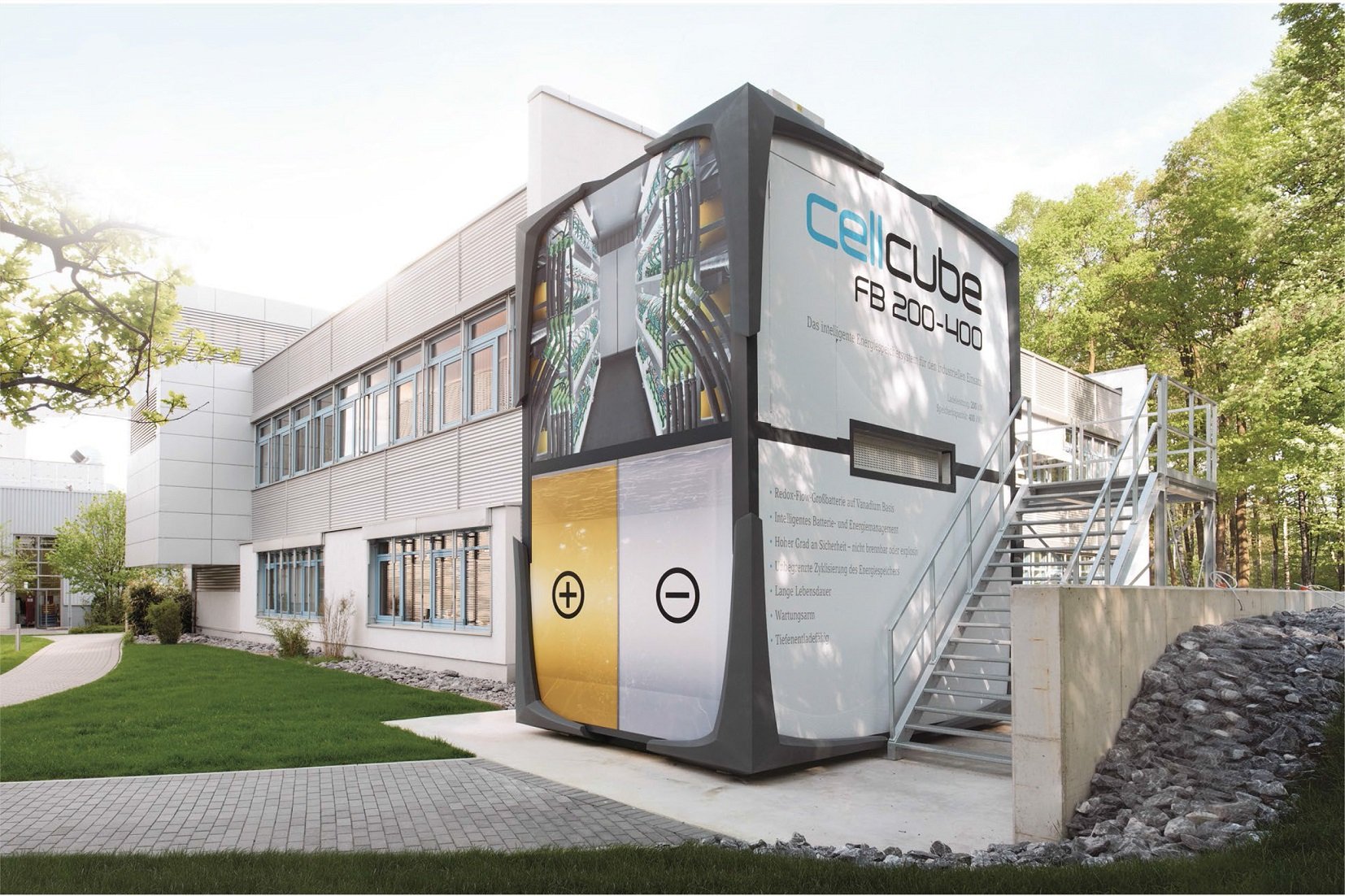
Recent moves in California to develop large-scale energy storage with four hours’ storage duration are just the beginning of a move towards using batteries as a capacity resource, the president of flow battery company CellCube has said.
A key part of California’s push towards decarbonisation has been the deployment of grid-scale storage to meet shortfalls in gas generation as well as mitigating the future retirements of ageing power plants. As well as accelerating a significant number of projects in development as a response to the late 2015 gas leak at Aliso Canyon, utilities in California have been instructed to include consideration of storage as an alternative to gas in their long-term Integrated Resource Planning (IRP).
Enjoy 12 months of exclusive analysis
- Regular insight and analysis of the industry’s biggest developments
- In-depth interviews with the industry’s leading figures
- Annual digital subscription to the PV Tech Power journal
- Discounts on Solar Media’s portfolio of events, in-person and virtual
Or continue reading this article for free
In an interview with Energy-Storage.news, to be published on the site in a few days, Stefan Schauss of CellCube put forward the view that solar energy’s involvement in what could loosely be termed ‘Phase 1’ of a global renewable energy transition was characterised by developing generation assets backed – with a small amount of battery storage capacity in its latter stages.
This addition of batteries, commonly lithium-ion devices, has allowed for some flexibility in how generators are used by the grid, including providing as much as possible of a grid’s peak demand using solar generated cheaply during the day.
“We’re in a phase shift from Phase 1, fluctuating power-centric installations, the ‘lithium world’ and now everything is moving into four hours, but four hours is just the tip of the peaking capacity iceberg,” Stefan Schauss said.
“So we’re looking at four hours, six and eight hour segments in order to get the whole demand that comes on every afternoon. This is something that’s huge. Huge. It will all open up with renewables.”
As heard from other flow battery players in the course of researching and writing ‘Long time coming’, a two-part feature article currently running in our tech journal PV Tech Power which looked at four different providers, demand is building for projects that run to more than four hours of energy storage duration, which flow battery advocates argue is perfect for their technologies.
CellCube claims low price of US$200 per kWh all-in
CellCube, which took on the assets of Gildemeister’s flow energy storage business, relaunched as a going concern a few months ago, is receiving similar requests for ever-larger systems. Schauss, who himself was in that lithium world not long ago working for Greensmith, claimed this is something his company is ready to do cost-effectively.
“Our new product is moving away from very small boxes we have been selling in the past and going to a larger scale, a 250kW unit with 4,6 and 8 hours’ variation in energy capacity.
“On an eight-hour storage duration we’re at the price point of US$200 per kWh. System. Not battery, not cell, no fancy announcement [needed] on the battery cell level, but for system-level containerised energy storage: US$200.”
With flow energy storage moving away from pilot deployments into the commercial real world, Schauss claimed that scaling up in size from those initial trials and demonstrations will not be an issue.
“We are building the same boilerplate internal technology setup, we’re just scaling it up into different sizes of categories. In total we have deployed close to 5MW and 20MWh of small boxes. The oldest one we have in operation is now running for a decade – as of October this year,” Schauss said.
“We have more than 11,000 cycles on the clock. Always what has been touted in theory from the energy storage capacity, no degradation and so on, now I can vouch that it’s true. We have 99% energy capacity on the system after 10 years and so many cycles. This is great, this just underlines again what the original value proposition for flow batteries is and what the real truth is.”
Smart power needs smart customers
Schauss said that as markets have started to grow and technologies mature, so too has the knowledge base and level of understanding of customers and stakeholders. This means that utilities, businesses or grid operators are aware of the potential use cases for energy storage that were previously unexplored on a commercial basis.
“I think that the customer base is getting more and more educated and they understand now the business models they want to serve,” Schauss said, adding that in the past he used to often be asked “where are the solar panels?” on his battery storage systems.
“Those were the questions you had to answer. Now it’s like they want to do peaking capacity replacement, they want to connect it to wind, solar, excess curtailment type of energy being thrown into that or even negative pricing in a secondary control reserve market or something like that. They want to use it, control it and maximise the revenues out of that. People are very knowledgeable now and they are embracing [energy storage].”
